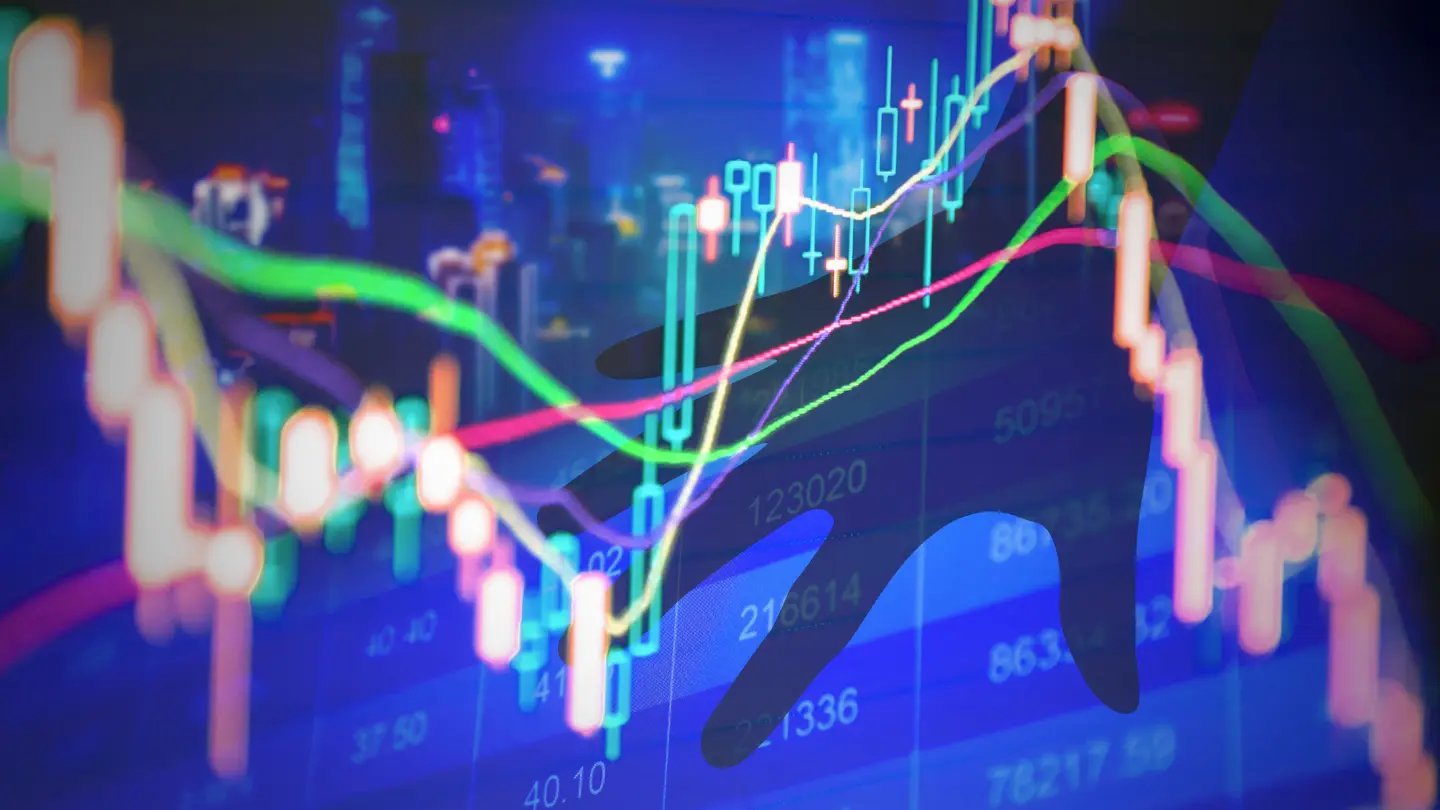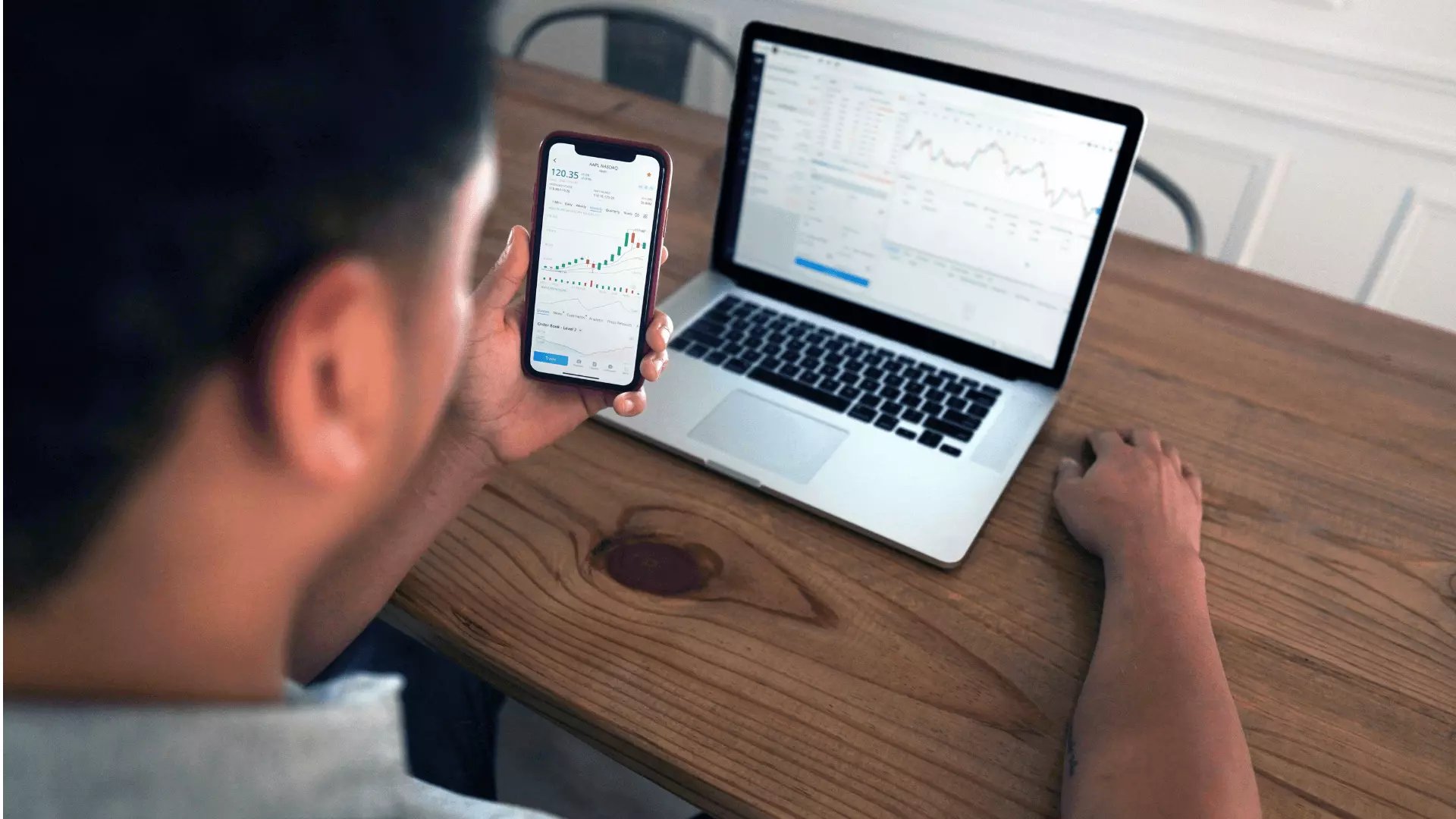Regulatory technology is constantly evolving, making it easier for both firms and regulators to monitor market data for many commonly practiced forms of market manipulation, like Wash Trading and Front Running.
As a result, those perpetrating market manipulation are moving on to more sophisticated approaches, such as Cross-Product Manipulation and Cross-Market Manipulation. These practices are relatively new and can be easily missed by an untrained eye, and firms need to start considering how they will begin to detect this complex forbidden scheme.
Topics Covered:
What is Cross-Product Manipulation?
Cross-Product Manipulation is the practice of placing orders or trades in one financial instrument, with the intention of illicitly impacting the price of a related financial instrument, either on the same trading platform, or a separate one. For example, a trader could trade in an equity to impact the price of a derivative contract.
Cross-Product Manipulation can involve any type of asset class: equities, debt securities, interest rates, forex, or commodities. There have already been enforcement cases involving the energy markets, and regulators are keeping an eye on newer markets such as crypto and emissions trading.
The US law, while broad, prohibits the manipulation of securities prices as part of the US Securities and Exchange Act of 1934. This includes Cross-Product Manipulation, even though this is not explicitly stated. A 2021 proposal from the Securities and Exchange Commission also addresses Cross-Product Manipulation in Rule 9j-1(d). The rule, which focuses on swaps transactions, clarifies that prohibited conduct in the other subsections of the proposal also applies to the underlying reference entity, security, loan, or group index of securities or loans.

There are also market manipulation rules in the 1933 Securities Act, 1936 Commodity Exchange Act, and Title 18 of the U.S. Code, and in regulations at the state level. Private organizations, exchanges and regulatory bodies, such as FINRA, CME, and ICE also have their own market manipulation rules.
In the EU, Annex II, Section 1, 2D of the Market Abuse Regulation (MAR) defines Cross-Product Manipulation as "undertaking trading or entering orders to trade in one trading venue or outside a trading venue (including entering indications of interest) with a view to improperly influencing the price of a related financial instrument in another or in the same trading venue or outside a trading venue, related spot commodity contract, or a related auctioned product based on emission allowances — usually known as ‘cross-product manipulation.”
It is also illegal in the UK under UK MAR 1.6 Market abuse (manipulating transactions), which describes it as “trading on one market or trading platform with a view to improperly influencing the price of the same or a related qualifying investment that is traded on another prescribed market.” This was originally an EU law that continues to be in force in the UK post-Brexit.
How does it compare to Cross-Market Manipulation?
Cross-Market Manipulation is considered a sub-form or market manipulation to Cross-Product Manipulation. In basic terms, Cross-Market Manipulation is when someone trades or orders a trade on one trading venue with a view to improperly influence the price of the same financial instrument on another trading venue. For example, a trader would try to impact the price of XYZ shares on one exchange to change the price of the same shares on another exchange.
Just like with Cross-Product Manipulation, there is no clear definition in US regulation, even though US law prohibits the manipulation of securities prices. However, Annex II, Section 1, 2C of the EU MAR defines it as “undertaking trading or entering orders to trade in one trading venue or outside a trading venue (including entering indications of interest) with a view to improperly influencing the price of the same financial instrument in another trading venue or outside a trading venue, related spot commodity contract, or an auctioned product based on emission allowances — usually known as "inter-trading venues manipulation."

Cross-Market Manipulation is a bit rarer than Cross-Product Manipulation, mainly because it is more difficult to achieve. Hedge funds and other financial institutions have algorithms designed to detect price differences between venues and automatically trade to profit from those gaps, which often results in price gaps closing in a matter of seconds.
Who is at risk of Cross-Product Manipulation?
Any company that employs individuals who trade financial instruments on its behalf is at risk of harboring a rogue trader who engages in Cross-Product Manipulation. Not only are they subjected to fines if caught, but the reputation of their organization can be tarnished, and they may ultimately lose future business. There is also a downstream effect that impacts other market participants. Those that are not privy to the illicit activity taking place will be under the impression that the shift in pricing and demand of a product is legitimate and therefore may respond reactively to what they assume is normal behavior in the market.
Monitoring for Cross-Product Manipulation is a new practice for most financial services firms. To protect themselves, as well as their clients, firms need to begin exploring how they can deploy a solution to detect this activity.
Why are the Risks associated with Cross-Product Manipulation increasing?
Today’s landscape has created more opportunities for Cross-Product Manipulation
The landscape of the current market has made it easier for financial institutions to engage in market manipulation, including Cross-Product Manipulation and Cross-Market Manipulation. In the 1960s, trades and orders could take over a week to process and be cleared, making it nearly impossible for behaviors like Cross-Product Manipulation to take place. Nowadays, trades and orders are processed in real-time and happen at such a high frequency that it has created new opportunities for bad actors looking to manipulate the market.
Cross-Product Manipulation is becoming a more prominent focus for regulators
Over the past decade, there have been several enforcement cases and legal cases focussed on Cross-Product Manipulation, both in the US and in the UK. For example, in December 2021 a global bank had to pay $35 million in fines, restitution, and forfeiture for market manipulation. According to the US Securities and Exchange Commission, the case involved spoofing, but one of the traders took advantage of the close correlation between US Treasury securities and US Treasury futures contracts and engaged in Cross-Product Manipulation by placing spoof orders in the futures market in order to profit from trading in the cash market.
Both Cross-Product Manipulation and Cross-Market Manipulation often involve trading in more than one country, which is known as transnational market manipulation. In 2018, the US Commodity Futures Trading Commission (CFTC) fined an individual and a firm a total of $2.3 million for spoofing trades in US and UK markets. The individual placed spoof trades in copper futures on US-based COMEX to benefit from a genuine order that he placed in copper futures on the London-based LME, taking advantage of the correlation in price between these markets.
The international nature of Cross-Product Manipulation and Cross-Market Manipulation can make these forms of market manipulation difficult to prosecute. For example, US courts have sent mixed messages about the ability to prosecute Cross-Product Manipulation cases where a US trading venue was involved, but the majority of the activity occurred outside of the country’s borders.

Regulators are tackling these international challenges through cooperation agreements to share information and data. An example is the January 2022 memorandum of understanding (MoU) between the Investment Industry Regulatory Organisation of Canada (IIROC) and the Montréal Exchange (MX) for cross-market surveillance. It includes five protocols – cross-asset trading surveillance, the transmission of relevant data, the sharing of information relating to market surveillance, investigation and enforcement activities, and the coordination of inspections.
The UK is also working closely with other countries to mitigate the problem. In June 2022, the Financial Conduct Authority said that “we work with our international partners to bring our data and intelligence to bear in these cases. We have recently had significant success in this regard collaborating with the DFSA in Dubai and the AMF in France and sharing intelligence with colleagues in the United States, all of which have led to action in those places.”
How do you detect Cross-Product Manipulation?
Firms first need to have the right policies and processes in place, which distinguish between legal activities such as arbitrage, from illegal market manipulation like Cross-Product Manipulation. This means employees across the trade lifecycle need to receive thorough training so that they understand the difference and can spot potential market manipulation patterns and report them.

Firms then need to have in place the data and technology that can detect Cross-Product Manipulation and Cross-Market Manipulation. Looking for these forms of market manipulation requires the analysis of vast quantities of data, so it shouldn’t be a surprise that many on-premises solutions struggle to handle this task. The data needs to be organized and linked together in order to create a library of financial instruments linked together by issuing and by underlying.
Why firms need to reconsider their current systems and policies
With regulators in both North America and Europe intensifying their watch against Cross-Product and Cross-Market Manipulation to ensure it does not become the next prominent form of market manipulation, the need for appropriate systems and policies is crucial. By the time this behavior catches the eye of regulators, it is often too late for financial firms. In most instances, they have little to no awareness of the activity, but that is no defense as firms are required to have supervisory controls that can identify compliance violations.

One of the things that make Cross-Product Manipulation and Cross-Market Manipulation so hard to catch, is the fact that it generally borders on behavior that is acceptable and simply is the result of complex algorithms that are impacted by activity across multiple trading venues or exchanges. Piecing all the orders and trades together inside on unique alert requires a diligent analysis, consistently keeping a high data quality of the analyzed records.
Sophisticated surveillance software is crucial for organizations looking to stay ahead of the problem. Not only do firms need appropriate systems in place to ensure they catch potential Cross-Product and Cross-Market Manipulation, but intelligent case management tools to investigate the alerts.
How SteelEye approaches Cross-Product and Cross-Market Manipulation
SteelEye is bringing its expertise in big data and analytics together to help firms combat all forms of market manipulation, such as Cross-Product Manipulation and Cross-Market Manipulation.
Cross-Product Manipulation and Cross-Market Manipulation always involve the use of another market manipulation tactic, such as spoofing, insider trading, or front running. Currently, SteelEye offers Cross-Product Manipulation analysis as part of its Insider Trading algorithm and is developing the functionality for both Spoofing and Front-Running.
By utilizing SteelEye’s integrated surveillance platform, firms can leverage features like the intelligent case manager, which brings together multidimensional data covering trades, orders, communications, and news to better understand the full picture of what has taken place.
SPEAK WITH US TODAY













